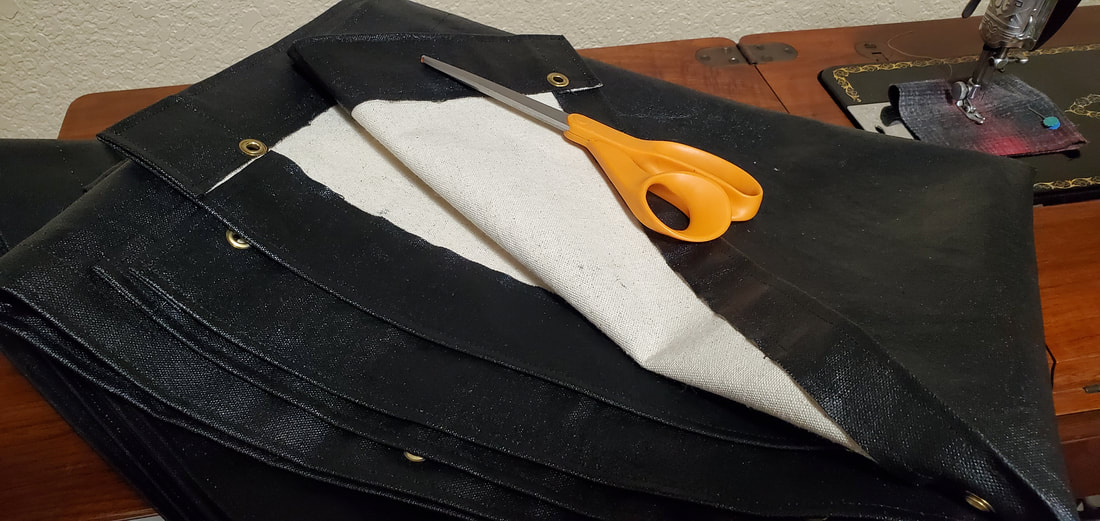Well, due to climate change and increasing burn bans during the reenacting season, I admit I have been farbing out my food with a haversack full of foreign MREs. At our last event last year, I was feasting on a German MRE and as I explored the accessory pack, I of course found a pack of matches to use for the stove. At first, I didn't think anything of it. As I waited for my food to heat, I flipped the top of the pack and was astonished to find someone is still making sheet matches! I then stashed them in such a safe place in my gear, I practically lost them.
Here they are, photographed in side by side for your consideration. As you know, I am interested in diversity of gear represented in the hobby as much as I am about accuracy. Diversifying you kit with a set of sheet matches might be something for you to consider. Of course, they didn't come in the modern cardstock packs they do today but they are strikingly similar (pun intended). The cover can also be easily discarded for increased authenticity. You will see they vary in form in length and thickness but are otherwise the same with the benefit of being better constructed and more reliable, too.
Whether they meet your historical requirements or not is up to you. You could ask yourself, when was the last time you saw someone reach for and use a sheet match? Now the tricky part of this is, I haven't found a direct source for these matches aside from the imported MRE which I purchased from MRE Mountain. If you do find a source let us know our Facebook page.

 RSS Feed
RSS Feed